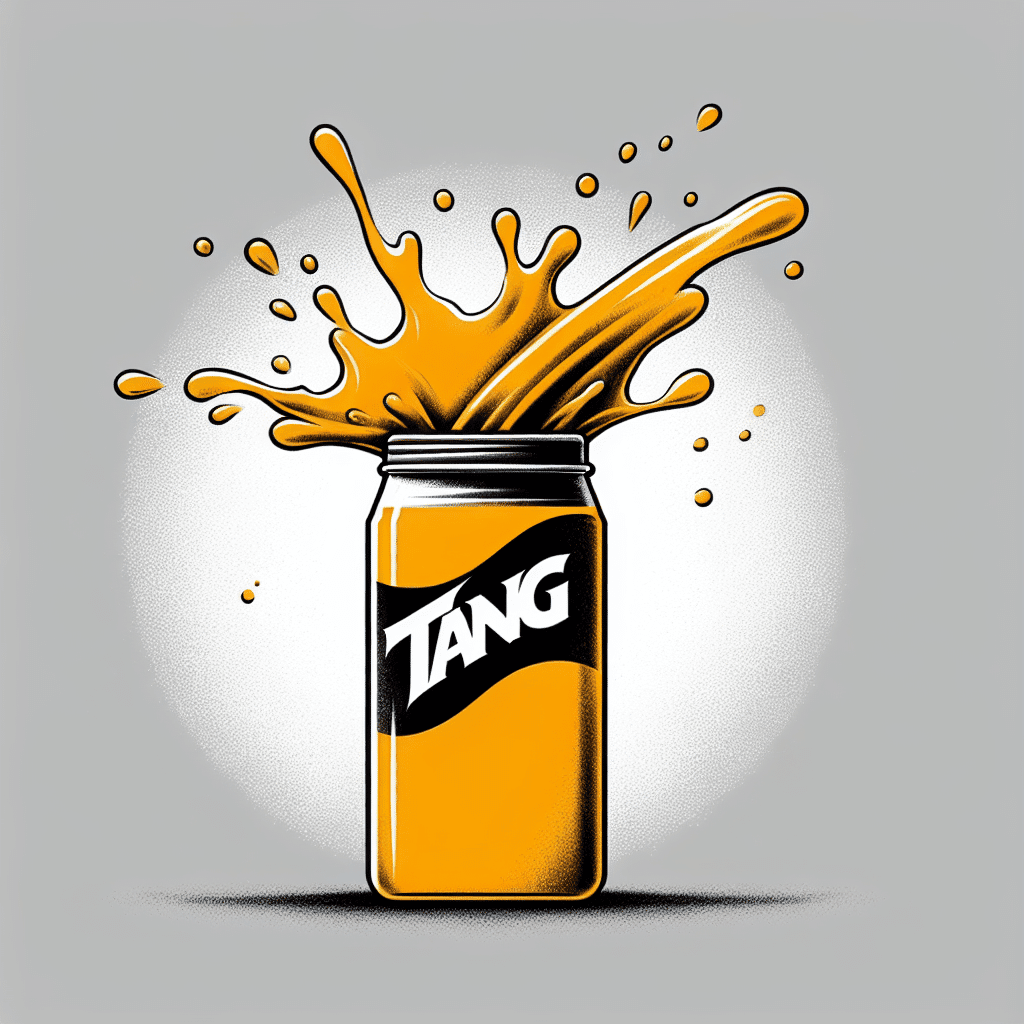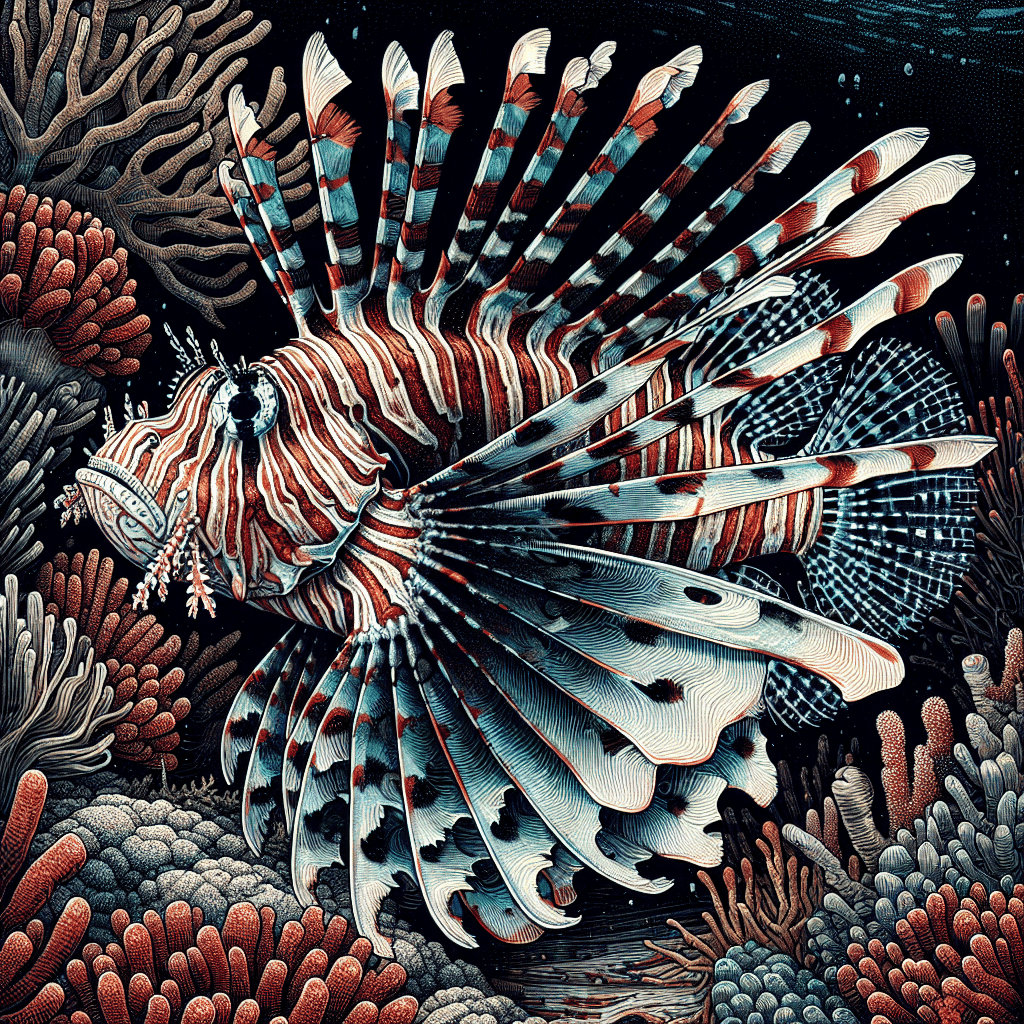Reef Tank Fish Care
Tang Overview
Tangs, also known as surgeonfish, are a popular choice among reef tank hobbyists. They are known for their vibrant colors and unique shapes, making them a stunning addition to any aquarium. As a fish owner, I appreciate their active swimming habits and friendly personalities. Tangs typically require a larger tank because they enjoy swimming and need space to thrive.
Tangs are herbivorous, meaning they primarily feed on algae and plant matter. In my experience, providing a varied diet is essential for their health and wellbeing. It’s important to consider the species of tang when planning your tank, as different types may have specific care requirements. Some common species include the yellow tang and the blue tang.
| Tang Species | Average Size | Minimum Tank Size |
|---|---|---|
| Yellow Tang | 7-10 inches | 75 gallons |
| Blue Tang | 8-12 inches | 75 gallons |
| Sailfin Tang | 8-12 inches | 100 gallons |
Tang Feeding Habits
Feeding tangs can be quite simple but requires attention to their dietary needs. I usually provide a mix of high-quality flake foods, pellets, and fresh vegetables. Seaweed sheets are a staple in my tang’s diet, and I often clip them to the side of the tank for easy access. Here are some feeding tips that work well for me:
- Variety is Key: I alternate between different types of foods, including spirulina, marine algae, and frozen foods. This helps ensure they receive all the necessary nutrients.
- Frequent Feedings: Tangs have high metabolisms, so I feed them multiple times a day. Small portions are best to prevent overfeeding.
- Monitor Their Health: I keep an eye on my tangs to ensure they are eating well and not showing signs of stress. Healthy tangs are active and display a vibrant color.
| Food Type | Frequency | Nutritional Benefit |
|---|---|---|
| Flake Food | Daily | Balanced nutrition |
| Seaweed Sheets | Daily | Fiber and vitamins |
| Frozen Foods | 2-3 times a week | Protein-rich |
In summary, understanding the care and feeding habits of tangs is crucial for maintaining a healthy reef tank. With the right knowledge and resources, I find that tangs can thrive and bring joy to any aquarium setup. If you’re interested in learning more about other types of fish suitable for reef tanks, check out our articles on marine fish and clownfish.
Tang in Latin America
Tang Popularity Data
In Latin America, Tang has made quite a splash, becoming a favored beverage mix among consumers. According to data collected from November 2017 to October 2018, the popularity of Tang in selected Latin American countries was measured in terms of Consumer Reach Points (CRPs). The statistics were gathered by various research firms, covering a significant portion of the global population and economy (Statista).
Here’s a quick look at the Consumer Reach Points for Tang in some Latin American countries:
| Country | Consumer Reach Points (CRPs) |
|---|---|
| Brazil | High |
| Argentina | High |
| Other Countries | Moderate to High |
Tang Sales Insights
Tang has been a significant player in the beverage market, especially in Latin America. Kraft Foods announced in June 2011 that Tang had become its twelfth billion-dollar brand, with global sales nearly doubling since 2006. The top three markets for Tang are Brazil, Argentina, and the Philippines, highlighting its strong presence in Latin America (Wikipedia).
Tang is sold in about thirty-five countries and is available in various flavors tailored to regional tastes. While the classic orange flavor contributes the most to worldwide sales, other flavors like grape, lemon, mango, and pineapple have also gained popularity (Wikipedia).
Here’s a breakdown of Tang’s sales highlights:
| Market | Sales Insights |
|---|---|
| Brazil | Leading market for Tang |
| Argentina | Significant consumer base |
| Philippines | High demand and popularity |
| Middle East | Sales peak during Ramadan |
Tang’s flavor variety and widespread availability make it a favorite for many consumers in Latin America, solidifying its place in the beverage industry.
Tang’s History and Origins
Invention of Tang
I find it fascinating that Tang was first formulated back in 1957 by General Foods Corporation food scientist William A. Mitchell and chemist William Bruce James. They developed this iconic drink mix, which hit the market in powdered form in 1959. This innovation was part of a larger trend in convenience foods that aimed to make life easier for everyone. Mitchell was quite the inventor; he created other beloved products like Pop Rocks and Cool Whip (Wikipedia).
| Year | Event |
|---|---|
| 1957 | Tang was formulated by William A. Mitchell and William Bruce James. |
| 1959 | Tang was first marketed in powdered form. |
Tang’s Association with NASA
One of the most interesting aspects of Tang’s history is its unexpected association with NASA. Sales of Tang skyrocketed after it was used on John Glenn’s Mercury flight in February 1962 and on subsequent Gemini missions. This connection to the U.S. human spaceflight program made Tang a household name and solidified its place in pop culture. It seems that drinking Tang was a way for many to feel connected to the excitement of space exploration (Wikipedia).
It’s impressive to see how a simple drink mix can have such a significant impact on both the food industry and cultural history. Now, Tang has transformed into a billion-dollar brand, with global sales nearly doubling since 2006, particularly in markets like Brazil, Argentina, and the Philippines (Wikipedia).
Tang Nutrition and Concerns
In my journey as a reef tank hobbyist, I’ve often come across various discussions around the nutrition and ingredients of products like Tang. Understanding what goes into Tang can help me make informed decisions about my own health and those of my fish.
Tang Ingredients Analysis
When I take a closer look at Tang, it’s quite interesting to see the ingredients that make up this popular drink mix. According to the Environmental Working Group (EWG), Tang is primarily sugar. In fact, it contains about 89% sugar by weight, which translates to around 8 teaspoons of added sugar per serving.
Here’s a breakdown of the key ingredients:
| Ingredient | Percentage/Notes |
|---|---|
| Sugar | 89% |
| BHA (Preservative) | Contains |
| Yellow 5 | Food coloring |
| Yellow 6 | Food coloring |
| Flavor | Non-specific ingredient |
The presence of BHA and artificial colors like Yellow 5 and Yellow 6 raises some concerns. These additives are among EWG’s top food additives of concern, making it a good idea to keep an eye on what I consume.
Tang Health Considerations
While Tang might be tasty, I always consider the health implications of consuming products high in sugar and artificial ingredients. The high sugar content can lead to various health concerns, including weight gain and increased risk of diabetes. A single serving of Tang packs in about 7 teaspoons of added sugar if we look at the Orange Flavor Crystals variant, which is even higher at 94% sugar by weight (EWG Food Scores).
It’s essential for me as a hobbyist to not only think about the well-being of my fish, but also to be mindful of my own health. While Tang can be enjoyed in moderation, considering its high sugar content and the presence of certain additives can help me make better dietary choices. Balancing enjoyment and health is the key, so I often look for alternatives or limit my intake of sugary drinks.
For more information on marine life and their dietary needs, I often refer to articles on marine fish and related topics.
Tang Flavors and Global Markets
When I think about Tang, the first thing that comes to mind is its vibrant and diverse flavors. Tang is not just a one-flavor wonder; it comes in a variety of options depending on where you are in the world. Let’s take a closer look at the different flavor varieties and the market expansion of Tang.
Tang Flavor Varieties
Tang is best known for its classic orange flavor, which contributes to most of its sales globally. However, the brand has expanded its lineup to cater to different taste preferences. Here’s a breakdown of some popular Tang flavors:
| Flavor | Description |
|---|---|
| Orange | The original and most popular flavor. |
| Grape | A sweet, fruity alternative. |
| Lemon | Tangy and refreshing. |
| Mango | Tropical and exotic. |
| Pineapple | Sweet and juicy, perfect for summer. |
These flavors are tailored to different markets and consumer preferences. For instance, in certain regions, you might find unique limited-edition flavors that reflect local tastes. If you’re a fan of a particular flavor, it’s worth checking out what Tang has to offer in your area.
Tang Market Expansion
Tang has seen impressive growth over the years. It’s sold in about thirty-five countries, with the top three markets being Brazil, Argentina, and the Philippines. The brand has effectively tailored its marketing and flavor offerings to suit local tastes, which has contributed to its success.
Here are some key points about Tang’s market presence:
- In the Middle East, more than half of Tang’s annual sales happen within six weeks during Ramadan, showcasing how cultural events can drive sales.
- Kraft Foods announced that Tang had become its twelfth billion-dollar brand, with global sales nearly doubling since 2006. The brand controlled a solid 15.6% of the international powder concentrate market as of 2010 (Wikipedia).
Tang continues to innovate and adapt, ensuring that it remains a popular choice among consumers worldwide. Whether you enjoy it for its nostalgic taste or the convenience it brings, there’s no denying that Tang has made a significant mark in the beverage landscape. You can learn more about marine fish or other interesting topics related to fish care and feeding.
Tang Yuan Tradition
Tang Yuan Meaning
Tang Yuan, also known as “Tong Yuen” in Cantonese, refers to glutinous rice balls that can be enjoyed plain or filled with delicious ingredients like sesame or peanuts. These delightful treats are traditionally served with ginger syrup and are especially popular on the last day of the Lantern Festival. They symbolize harmony and reunion, making them a staple during family gatherings. It’s a special time for people to come together and enjoy these rice balls, which represent completeness and togetherness, particularly during the lunar new year and winter solstice festival (Cooking with Chow, Catherine Zhang).
Tang Yuan Preparation Tips
Making Tang Yuan can be a fun and rewarding experience. Here are some tips to ensure your rice balls turn out perfectly:
Dough Consistency: Use glutinous rice flour to make the dough. The dough should be soft and pliable, but not too sticky. Adjust with water as needed.
Filling: If you’re adding a filling, ensure it is cool before placing it in the dough. Hot fillings can cause the dough to burst.
Sealing: Properly seal the dough around the filling to prevent bursting during cooking. Make sure the dough is thick enough to hold together.
Cooking: Tang Yuan can be frozen before boiling. When ready to serve, drop them into boiling water. They are done when they float to the surface.
Serving: For the best texture and flavor, serve the cooked Tang Yuan immediately. They are best enjoyed in a sweet soup, such as ginger syrup or sweet fermented rice (jiuniang) (Catherine Zhang).
Avoiding Bursting: To prevent Tang Yuan from bursting, ensure the dough isn’t too thin and that the filling is adequately sealed inside.
Here’s a quick reference table for the preparation times:
| Step | Time Required |
|---|---|
| Prepare Dough | 15 minutes |
| Prepare Filling | 10 minutes |
| Boiling Tang Yuan | 5-10 minutes |
Enjoying Tang Yuan is a delightful way to celebrate family and tradition, making it a cherished part of the culinary landscape. If you’re interested in other types of fish to accompany your celebrations, check out our sections on marine fish and specific types such as the blue tang or yellow tang.
Tang Dynasty Legacy
The Tang dynasty, which lasted from 618 to 907, left a significant cultural impact that shaped the course of Chinese history and influenced surrounding regions. Its legacy is evident in various aspects of art, religion, and governance.
Cultural Impact of Tang Dynasty
The Tang dynasty was remarkable for unifying a vast territory and spreading its culture to neighboring countries. It absorbed and adapted the cultures of various states and tribes, especially those of Türkic origin. This cultural exchange enriched Chinese society and led to advancements in poetry, painting, and ceramics. The period is often referred to as a golden age of Chinese civilization, with notable poets like Li Bai and Du Fu emerging during this time.
Buddhism also flourished during the Tang dynasty, spreading its Chinese form to Korea and Japan. Confucianism became a semi-religious instrument of state doctrine, ultimately surpassing Buddhism in influence by the end of the Tang period (ChinaKnowledge.de). The era’s openness to different cultures contributed to a vibrant cultural tapestry, making it a fascinating period in history.
Tang Dynasty Rulers
The rulers of the Tang dynasty played crucial roles in its expansion and cultural development. Emperor Taizong (r. 626-649) is one of the most notable figures; he conducted military campaigns against the Türks and Korea, conquered the Western Territories, and opened access to Inner Asia through the “younger” Silk Road. This allowed for increased trade and cultural exchange (ChinaKnowledge.de).
Another significant figure was Empress Wu Zetian (r. 690-704), who is known for her unique position as a female ruler in a male-dominated society. She claimed the throne and even renamed the dynasty Zhou, illustrating her powerful influence during her reign (ChinaKnowledge.de). The complex political landscape of the Tang dynasty, characterized by the rise of military commissioners and court factions, shaped the governance and cultural policies of the time.
The Tang dynasty’s cultural and political legacy continues to resonate today, impacting not only China but also the broader East Asian region.
Tang Political and Religious Influence
Religious Changes in Tang Dynasty
During the Tang Dynasty, which lasted from 618 to 907, there were significant shifts in the religious landscape of China. Buddhism gained unprecedented popularity and influence, becoming one of the dominant faiths. However, this period also saw fluctuations in religious tolerance, especially in the second half of the dynasty. By 845, a severe persecution of Buddhism occurred, which targeted this “foreign” religion, leading to a drastic reduction in its political power and influence for centuries (ChinaKnowledge.de).
Here’s a summary of the key religious changes during the Tang Dynasty:
| Time Period | Religious Changes |
|---|---|
| Early Tang (618-700) | Buddhism flourished and became a state-supported religion. |
| Mid Tang (700-845) | Continued growth of Buddhist institutions and influence. |
| Late Tang (845) | Major persecution of Buddhism, restricting its practice and influence. |
Empress Wu Zetian’s Reign
One of the most remarkable figures in Tang history is Empress Wu Zetian, who ruled from 690 to 704. She is the only woman to have declared herself emperor in Chinese history, fundamentally altering the political landscape of the time. Wu Zetian’s reign was characterized by her efforts to reduce the power of the aristocratic families and promote a merit-based system for officials, thus impacting both governance and religious practices.
Her reign also saw an elevation of Buddhism, which she used to legitimize her rule. She promoted the building of Buddhist temples and supported the religion, intertwining it with her political agenda. This dual focus on governance and religion marked a unique period in Chinese history.
Wu Zetian’s influence is summarized in the following table:
| Aspect | Description |
|---|---|
| Rule | Usurped the throne, declared herself emperor. |
| Time Period | 690-704 |
| Policies | Promoted a merit-based official system, supported Buddhism. |
For anyone interested in the nuances of the Tang Dynasty, especially regarding how political and religious influences intertwined, Wu Zetian’s reign is a pivotal example of how one figure can reshape an era.



